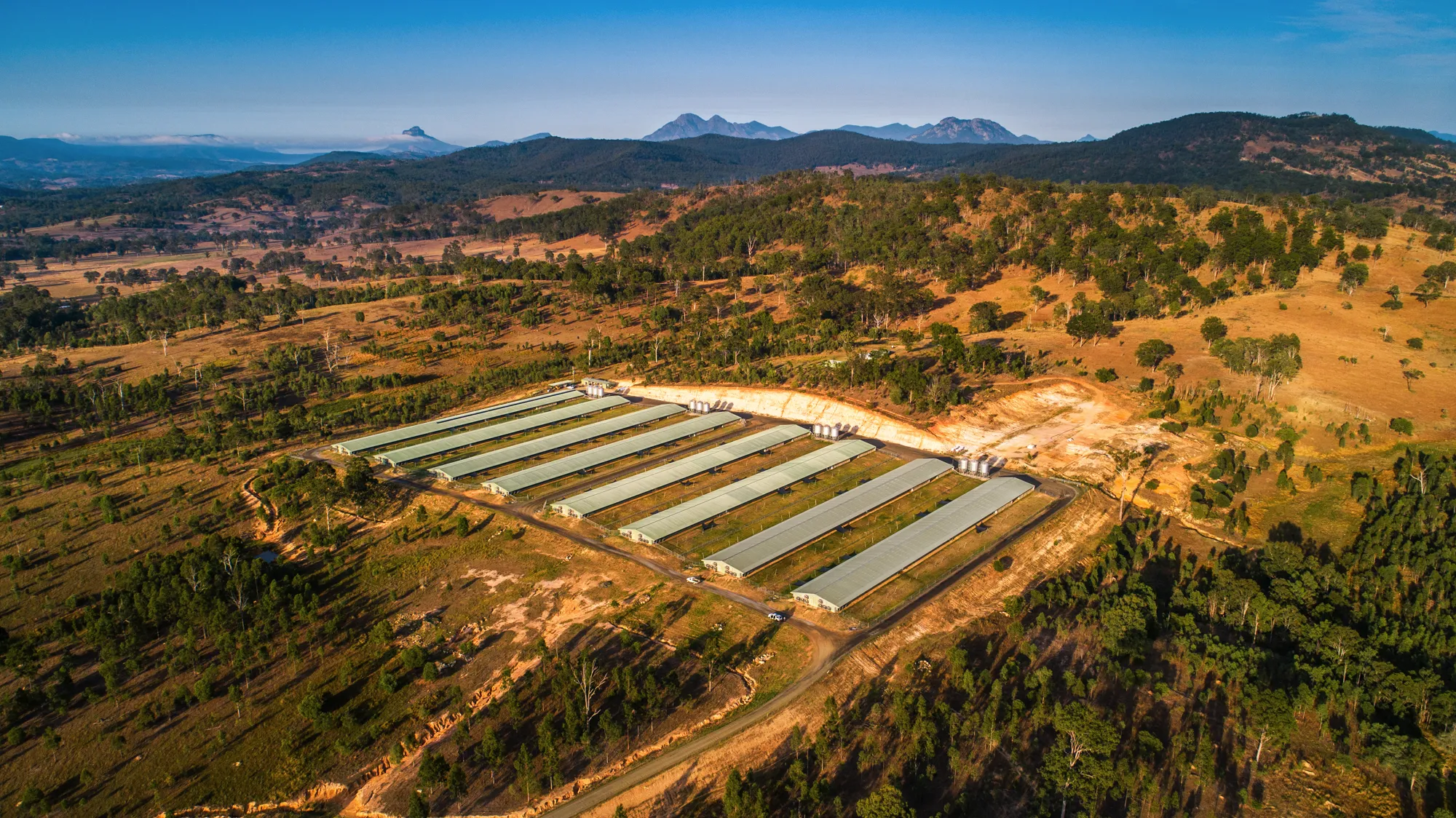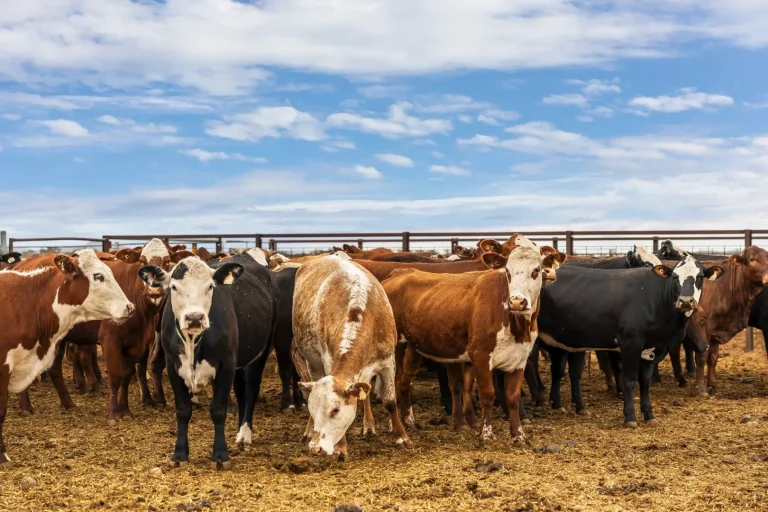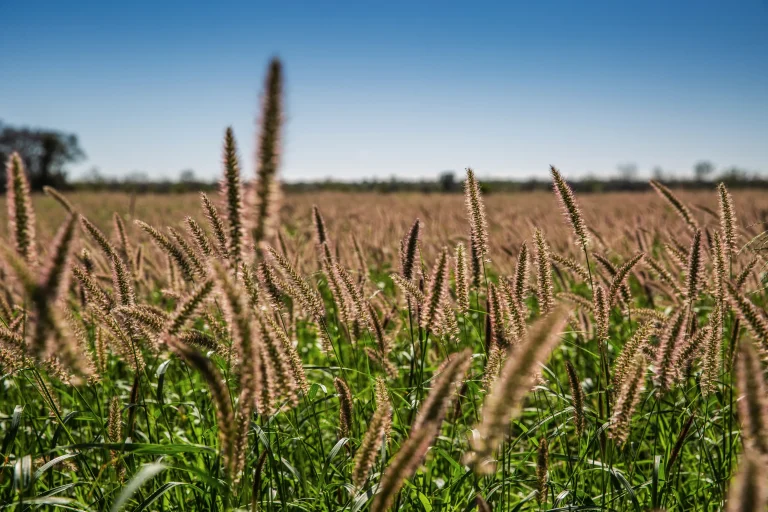Analysis of Rural Property Price Fluctuations in the Agribusiness Market: Professional Market Intelligence Guide
Introduction
What drives the complex price movements in agricultural property markets, and how can professional analysis reveal underlying patterns that influence investment decisions and strategic planning? Understanding comprehensive analysis of rural property price fluctuations in the agribusiness market requires sophisticated methodologies that examine commodity market influences, regional variations, seasonal factors, and economic cycles that collectively determine agricultural property values and market dynamics.
Rural property price fluctuations reflect complex interactions between agricultural productivity, commodity markets, water availability, regulatory changes, and broader economic conditions that create unique analytical challenges requiring specialized expertise and comprehensive data interpretation. These price movements often follow distinct patterns that differ significantly from general real estate markets.
At Agribusiness Horizons, we specialize in comprehensive agricultural property market analysis that examines all factors influencing rural property values and price movements. Our market intelligence capabilities ensure clients understand price trend drivers while identifying strategic opportunities and risk factors that influence agricultural property investment decisions and portfolio management.
This detailed analysis will examine essential methodologies for understanding rural property price fluctuations, from commodity market correlation assessment to regional analysis and economic indicator evaluation. You’ll gain insights into professional analytical frameworks, data interpretation techniques, and market intelligence approaches that successful agricultural property investors and advisors employ to navigate market complexities and optimize investment outcomes.
Agricultural Property Market Price Environment
Australia’s rural property markets demonstrate distinct characteristics that differentiate agricultural real estate from general property sectors, with price movements influenced by agricultural productivity factors, commodity market cycles, weather patterns, and global trade relationships that create unique analytical requirements for market assessment.
Modern agricultural property price analysis incorporates multiple data streams including commodity prices, rainfall patterns, export demand indicators, interest rate movements, and regulatory developments that collectively influence market conditions and investment attractiveness across diverse agricultural sectors and geographic regions.
Regional specialization and agricultural system diversity create distinct market segments with varying price behavior patterns, volatility characteristics, and correlation factors that require specialized analytical approaches and localized market intelligence for accurate assessment and strategic planning across different agricultural property types.
International market influences significantly affect Australian agricultural property prices through export demand patterns, currency fluctuations, and global agricultural commodity cycles that create complex analytical requirements for understanding price movements and market dynamics in agriculture-dependent regional economies.
Technology adoption and agricultural innovation increasingly influence property values through productivity enhancements and operational efficiency improvements that affect long-term competitiveness and investment attractiveness, requiring assessment of innovation impacts on property valuation and market positioning.
Professional Framework for Analysis of Rural Property Price Fluctuations in the Agribusiness Market
Commodity Market Correlation and Price Driver Assessment
Agricultural property market price analysis begins with comprehensive examination of commodity market relationships that influence rural property values through agricultural income potential and operational profitability factors that directly impact property investment attractiveness and market demand patterns.
Grain market price relationships demonstrate strong correlations with broadacre farming property values, as wheat, barley, and other commodity prices influence farm income potential and operational viability that affects buyer demand and property valuation across grain-producing regions throughout Australia.
Livestock commodity price influences affect pastoral property values through cattle and sheep market conditions that determine operational profitability and investment returns for grazing enterprises, creating price correlation patterns that require systematic monitoring and analysis for market assessment.
Cotton and specialty crop price relationships create distinct market dynamics for intensive agricultural properties where commodity price volatility significantly influences property values and investment attractiveness through direct impacts on operational returns and competitive positioning.
Export market demand patterns and international trade relationships influence agricultural property prices through their effects on commodity demand and pricing that affect rural property investment attractiveness and long-term value sustainability across export-oriented agricultural enterprises.
Economic Indicator Analysis and Market Cycle Assessment
Macroeconomic factor evaluation examines interest rate movements, currency fluctuations, inflation patterns, and economic growth indicators that influence agricultural property investment demand and pricing through their impacts on financing costs, international competitiveness, and investment portfolio allocation decisions.
Interest rate cycle impacts affect agricultural property prices through financing cost changes and investment yield requirements that influence buyer capacity and investment attractiveness relative to alternative asset classes and financial market opportunities.
Currency fluctuation effects influence agricultural property markets through export competitiveness and international investment flows that affect demand patterns and pricing dynamics, particularly for properties positioned for export market participation and international agricultural commodity production.
Economic growth patterns and business confidence indicators affect agricultural property investment demand through their influence on capital availability, investment sentiment, and portfolio allocation strategies that determine market liquidity and pricing pressure across different agricultural property segments.
Inflation correlation analysis examines agricultural property performance as inflation hedge investments while considering how general price level changes affect agricultural input costs, commodity prices, and property values across different agricultural sectors and regional markets.
Regional Market Analysis and Geographic Variations
Regional price variation analysis examines how different agricultural areas demonstrate distinct price movement patterns based on climate conditions, soil quality, infrastructure access, and market positioning factors that create localized supply and demand dynamics affecting property values. Understanding farmland market volatility analysis helps identify regional risk factors and opportunity patterns.
Climate influence assessment considers how rainfall patterns, drought cycles, and seasonal conditions affect regional property values through their impacts on agricultural productivity and operational reliability that influence buyer perception and investment attractiveness across different farming systems.
Infrastructure development and access advantages create regional price premiums through improved operational efficiency and market connectivity that enhance property competitiveness and investment attractiveness for agricultural enterprises requiring efficient logistics and market access.
Water resource availability and security significantly influence regional property price movements through irrigation access and drought resilience that affect operational sustainability and competitive positioning for water-dependent agricultural enterprises across different climate zones.
Regulatory environment variations between states and regions affect property price relationships through different planning frameworks, environmental requirements, and agricultural industry support programs that influence operational costs and investment attractiveness for agricultural property development.
Market Sentiment and Investment Flow Analysis
Investment demand patterns and capital flow analysis examine how different investor categories including family farmers, agricultural investment funds, and international buyers influence market dynamics and price movements through varying investment criteria and acquisition strategies.
Institutional investor participation trends affect agricultural property markets through large-scale capital deployment and professional investment approaches that create competitive pressure and pricing influences while establishing new market benchmarks and valuation standards.
Foreign investment flows and international capital participation create additional demand pressures while introducing different investment criteria and valuation approaches that influence market dynamics and price development across premium agricultural property segments.
Succession planning trends and generational transfer patterns increasingly influence agricultural property availability and pricing through family farm transition strategies that create supply patterns affecting market balance and pricing dynamics in established agricultural regions.
Agricultural investment fund development and managed investment scheme participation create new capital sources and investment approaches that influence market liquidity and pricing while establishing professional investment standards and analytical frameworks.
Rural Property Price Analysis Methodology Framework
| Analysis Component | Data Sources | Assessment Methods | Market Applications |
|---|---|---|---|
| Commodity Correlation | Agricultural price indices | Statistical correlation analysis | Investment timing strategies |
| Economic Indicators | Macroeconomic data | Econometric modeling | Market cycle positioning |
| Regional Variations | Local market transactions | Comparative regional analysis | Location selection guidance |
| Investment Flows | Capital market data | Flow analysis and tracking | Market sentiment assessment |
| Supply Demand Balance | Property availability metrics | Market equilibrium analysis | Price direction forecasting |
| Seasonal Patterns | Historical price data | Time series analysis | Transaction timing optimization |
This framework illustrates how agricultural property market price analysis requires systematic evaluation across multiple analytical dimensions that collectively determine price movements and market conditions.
Market Cycle Recognition and Trend Identification
Agricultural Property Market Cycles and Pattern Recognition
Agricultural property markets demonstrate cyclical behavior patterns influenced by commodity cycles, weather patterns, economic conditions, and investment sentiment that create predictable price movement sequences requiring professional analysis for optimal investment timing and strategic positioning.
Long-term cycle analysis examines multi-year price patterns that reflect agricultural industry development, infrastructure investment cycles, and structural market changes that influence property values over extended periods and provide strategic planning insights for long-term investment approaches.
Seasonal price variations and timing patterns affect transaction activity and pricing dynamics through harvesting cycles, seasonal cash flow patterns, and buyer activity variations that create optimal timing opportunities for property acquisitions and divestments.
Market sentiment cycles and confidence patterns influence buyer behavior and pricing dynamics through periods of optimism and caution that affect transaction volumes and price levels across different agricultural property segments and regional markets.
Correlation analysis with broader economic cycles helps identify agricultural property market positioning within general investment cycles while recognizing sector-specific factors that may cause agricultural markets to outperform or underperform general economic trends.
Agribusiness Horizons’ Rural Property Market Analysis Expertise
Our specialized approach to agricultural property market analysis combines comprehensive data assessment with industry expertise, providing clients with sophisticated analysis of price movements and market trends. Analysis of rural property price fluctuations in the agribusiness market requires specialized knowledge that we provide through our market intelligence and property assessment services.
At Agribusiness Horizons, we conduct detailed agricultural property market price analysis that examines commodity correlations, economic indicators, regional variations, and investment flow patterns to provide comprehensive market intelligence tailored to client investment objectives and strategic planning requirements.
Our market analysis services include systematic monitoring of rural land value fluctuation assessment that tracks pricing trends, identifies market drivers, and evaluates investment opportunities across diverse agricultural property types and geographic regions throughout Australia.
Through our extensive agricultural industry networks, we maintain current intelligence about market developments, transaction activity, and pricing influences that enhance our analytical capabilities while providing clients with timely information about emerging trends and market opportunities.
We provide ongoing agribusiness property price trend evaluation services and market monitoring that help clients understand evolving market conditions while identifying strategic opportunities and risk factors that may affect their agricultural property investments and portfolio strategies.
Our market intelligence services extend beyond analysis to include strategic planning support, investment timing guidance, and opportunity identification assistance that helps clients optimize agricultural property investment decisions while managing market risks and maximizing returns.
Technology Integration and Modern Analysis Approaches
Data Analytics and Market Intelligence Systems
Contemporary agricultural property market analysis increasingly incorporates advanced data analytics, automated monitoring systems, and integrated intelligence platforms that enhance analytical accuracy while providing real-time market insights and trend identification capabilities. These agricultural real estate price movement studies enable sophisticated market assessment and strategic planning.
Geographic information systems and spatial analysis technology enable detailed regional market assessment and comparative analysis that identifies location-specific factors influencing property values and price movements across different agricultural areas and production systems.
Market data integration platforms combine multiple information sources including commodity prices, weather data, transaction records, and economic indicators to provide comprehensive market intelligence and analytical capabilities for sophisticated property market assessment.
Predictive analytics and modeling systems utilize historical data patterns and market relationships to provide forward-looking insights and scenario analysis that support strategic planning and investment timing decisions for agricultural property investments.
Automated monitoring and alert systems track key market indicators and price movement triggers that enable timely response to market developments and opportunity identification for agricultural property investment and portfolio management strategies.
Professional Market Research and Intelligence Gathering
Systematic market research methodologies coordinate multiple information sources while maintaining current knowledge of market developments, regulatory changes, and industry trends that influence agricultural property prices and investment opportunities across diverse market segments.
Industry survey programs and market sentiment analysis provide insights into buyer behavior, investment intentions, and market confidence levels that influence pricing dynamics and transaction activity across different agricultural property categories and regional markets.
Professional network intelligence and industry relationship management ensure access to current market information, transaction insights, and emerging trend identification that enhance analytical accuracy and strategic planning effectiveness for agricultural property investment decisions.
Comparative market analysis and benchmarking systems enable objective evaluation of price movements while identifying performance variations and market positioning opportunities across different agricultural property types and geographic regions.
Current Market Developments and Price Influences
Environmental and Sustainability Factors
Contemporary agricultural property price analysis increasingly incorporates environmental factors and sustainability considerations that influence long-term property values through regulatory compliance, market positioning, and operational efficiency factors that affect investment attractiveness and competitive positioning.
Climate adaptation and drought resilience capabilities increasingly influence property valuations as buyers recognize environmental risk management and operational sustainability as critical factors affecting long-term investment viability and competitive positioning.
Carbon farming opportunities and environmental service payments provide additional value streams that enhance property attractiveness while creating new pricing factors and valuation considerations that require incorporation into comprehensive market analysis and investment evaluation.
Water security and resource management efficiency significantly influence property price movements through operational capability and regulatory compliance factors that affect long-term sustainability and competitive positioning for water-dependent agricultural enterprises.
Regenerative agriculture practices and soil health management increasingly influence property values through productivity enhancement and environmental stewardship demonstration that appeals to contemporary buyers and investment criteria focused on sustainable agricultural practices.
Technology Adoption and Innovation Impacts
Precision agriculture technology adoption and innovation integration increasingly influence agricultural property values through operational efficiency improvements and competitive positioning advantages that affect long-term investment attractiveness and market positioning.
Infrastructure modernization and technology upgrade potential create value enhancement opportunities that influence property pricing through operational improvement possibilities and competitive advantage development for sophisticated agricultural enterprises.
Data management capabilities and performance monitoring systems provide operational transparency and optimization opportunities that enhance property attractiveness while demonstrating operational sophistication and management capability that appeals to professional agricultural investors.
Automation and labor efficiency improvements affect property values through operational cost reduction and management simplification that enhance investment returns while addressing workforce challenges affecting agricultural enterprise competitiveness and sustainability.
Regional Specialization and Market Segmentation
Agricultural property market segmentation analysis recognizes distinct submarkets based on production systems, regional characteristics, and buyer profiles that demonstrate different price behavior patterns and volatility characteristics requiring specialized analytical approaches.
Premium agricultural regions with established infrastructure and proven productivity often demonstrate different price movement patterns compared to emerging agricultural areas or regions with development potential that require different analytical frameworks and investment approaches.
Intensive agricultural properties near population centers may demonstrate price correlations with urban development pressures and alternative land use potential that differ from extensive agricultural properties in remote areas focused purely on agricultural production capability.
Export-oriented agricultural properties may demonstrate stronger correlations with international market conditions and currency movements compared to properties focused on domestic market supply that require different analytical considerations and market assessment approaches.
Specialty crop and niche agricultural properties often demonstrate unique price patterns based on specialized market conditions and buyer requirements that differ from commodity-focused agricultural properties requiring specialized market knowledge and analytical expertise.
Strategic Investment Applications and Market Timing
Professional agricultural property market analysis provides strategic insights for investment timing, acquisition strategies, and portfolio optimization that enable investors to capitalize on market cycles while managing risks and optimizing returns through informed decision-making.
Market cycle positioning and timing strategies utilize price analysis insights to identify optimal acquisition and divestment opportunities while managing market risk exposure and maximizing investment returns through strategic market positioning and transaction timing.
Portfolio diversification strategies across different agricultural property types and geographic regions provide risk management benefits while capturing opportunities from varied market conditions and price movement patterns that optimize overall investment performance.
Value enhancement strategies and property improvement planning utilize market analysis insights to identify optimization opportunities and competitive positioning advantages that enhance property values while improving operational efficiency and investment returns.
Conclusion
Professional analysis of agricultural property price fluctuations requires comprehensive understanding of commodity markets, economic indicators, regional factors, and investment flows that collectively influence rural property values and market dynamics. Analysis of rural property price fluctuations in the agribusiness market provides essential intelligence for successful investment decisions and strategic planning.
Specialized market analysis expertise proves invaluable for agricultural property investment success, as comprehensive understanding of price drivers, market cycles, and analytical methodologies significantly influences investment outcomes and strategic planning effectiveness. Working with experienced agricultural market specialists ensures access to professional analysis and strategic guidance.
Several strategic questions warrant consideration when analyzing rural property price fluctuations: How do current commodity market conditions and economic indicators influence agricultural property price trends and investment timing strategies? What regional factors and market segments provide the most attractive opportunities given current price patterns and market dynamics? How can professional market analysis enhance investment decision-making while managing market risks and optimizing portfolio performance?
Contact Agribusiness Horizons today to discuss your agricultural property investment objectives and access our specialized expertise in market analysis and price trend evaluation. Our team combines comprehensive market intelligence with professional analytical capabilities to help you understand rural property price fluctuations while identifying investment opportunities that align with your strategic objectives and risk management requirements across Australia’s diverse agricultural markets.



